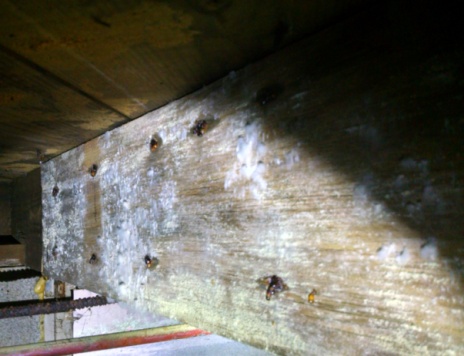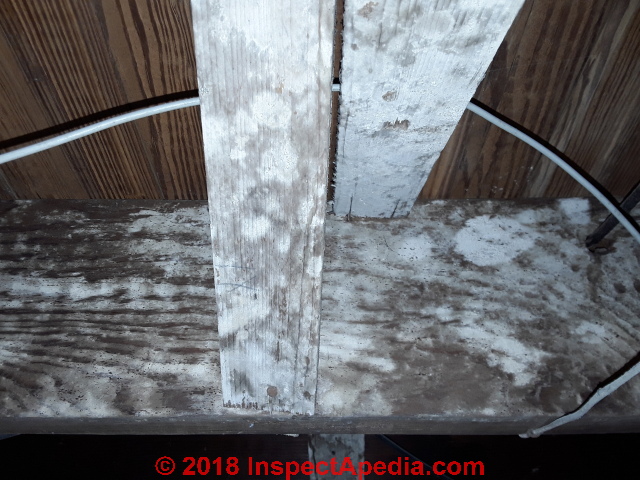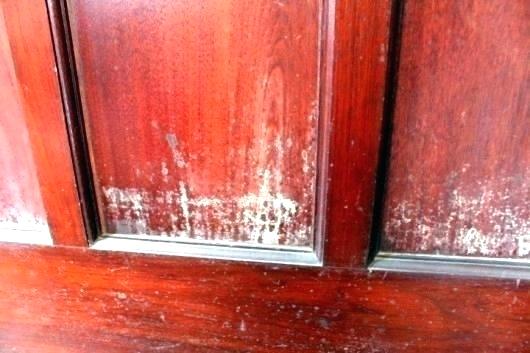Efflorescence On Wood In Attic

Another indication though imperfect is the presence of a mold smell.
Efflorescence on wood in attic. When the moisture carrying the salts reaches the surface the air causes the moisture to evaporate which then leaves a white crystalline type of powdery material or a. If you find a white mold like substance on sheet rock or wood you can certainly rule out efflorescence. We live in a 1950 s two story home located in an area with low humidity warm summers very cold winters. Efflorescence is a salt deposit left behind when moisture makes its way through concrete.
When the water evaporates what remains is a white crystalline substance that resembles mold. Rafters in the attic floor joists in the basement or. If it s efflorescence the salt with dissolve away. Mold on the other hand grows on organic materials such as wood.
Efflorescence is often described as dissolvable salts in moisture that are transported through porous materials such as concrete brick block and stone through capillary action. Efflorescence on the other hand is almost always white or yellow. It often looks like mold but really it s caused by salt deposits. Efflorescence develops on inorganic building materials like concrete and brick.
There is no efflorescence on the brick above or below the attic. Thanks in advance for your help. In order to tell if it is white mold or efflorescence mist the affected area with water. White mold is commonly found growing on wood surfaces.
Efflorescence will only occur on concrete brick or other masonry structures. While mold can be these colors you know you are not looking at efflorescence if it is black gray green blue or pink.














































